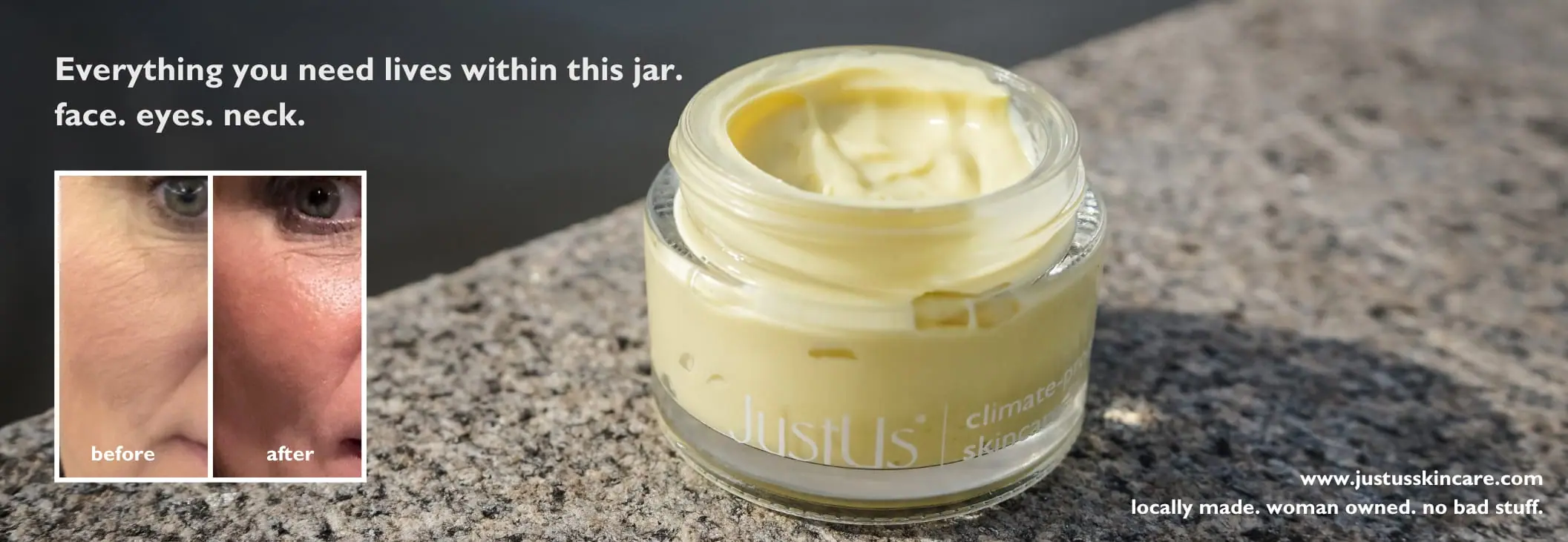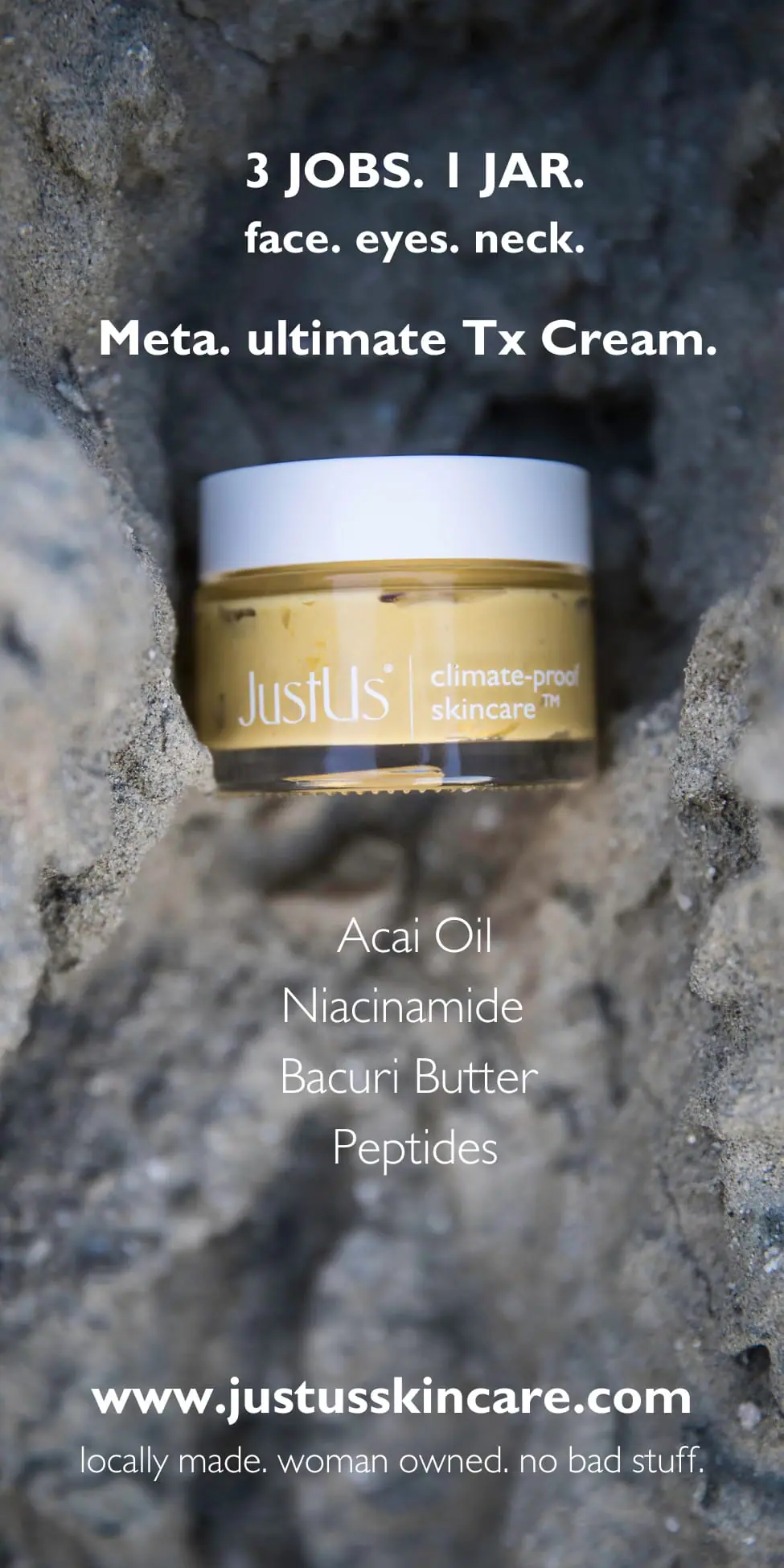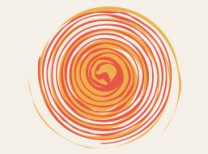Medicare Part D Prescription Drug plans can be complicated, but once you understand them, you can make them work in your favor. The two main factors that affect the price of your prescription medications are drug tier and coverage stage.
Drug tiers 1-5 are the levels of pricing for medications on a specified formulary. Each prescription drug plan comes up with its own formulary, which is a list of medications that plan will cover. In general, a generic medication that is widely available is in tier 1. Tier 2 may still be generic, but not widely available. Tier 3 would be a brand name medication, and Tier 4 would be brand name and not yet common. Tier 5 would be specialty medications, usually injectable. The higher the tier, the higher the cost to you.
Pricing for each tier also changes depending on which of the four coverage stages you are in at the time.
Stage 1: Deductible. For 2022, most drug plans have a deductible of up to $480. Many insurers also waive the deductible for tier 1 and tier 2 medications. In this stage, you normally pay the lowest negotiated regular price for your drug, but the insurer pays nothing.
Stage 2: Initial coverage. After meeting the deductible, you pay a flat co-pay for medications. Most people are in this phase during the entire year of coverage. Many plans offer $0 co-pays on tier 1 medications in this stage.
Stage 3: Coverage gap. Also referred to as the donut hole, this phase begins once the total cost of your medications is greater than $4,430. This amount includes both, what you have paid and what the plan has paid. For a medication like Xarelto, which costs $550 per month, that equals eight months of coverage. For an injectable medication like Enbrel, that’s only one month of coverage. In this stage, you pay 25% of the total cost of the medication. So, our Xarelto example would then be $137, when it was probably a $45 copay under Stage 2 coverage.
Stage 4: Catastrophic. If you spend a total of $7,050 in out-of-pocket costs, you enter the final stage of coverage where you pay 5% or less for all medications. Over $7,000 seems like a lot, but there is a rule that helps. During Stage 3, the 25% you pay, plus the 60% discount the manufacturer must give, are both counted toward your total out of pocket cost. So Xarelto might cost you $137, but $522 is being counted toward your out-of-pocket costs. This works in your favor to help you reach the lower costs of catastrophic stage much sooner.
There is one final factor that can affect the price of your medication. The drug plan will have a preferred pharmacy network that offers best pricing in each coverage stage.
If you have any questions about which tier your medication is on or what coverage stage you are in, call the phone number on the back of your drug plan ID card or check your insurance plan’s website. They can often tell you the current pricing and even project the coverage for the rest of the year for your specific medication.
Randy Foulds of Foulds Health Insurance Agency is an independent broker and Medicare specialist (license #0G69218) and can be reached at (760) 346.6565.
This is provided for informational purposes only and is not intended to substitute for professional advice.

















































Comments (0)